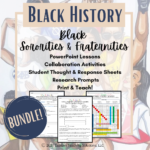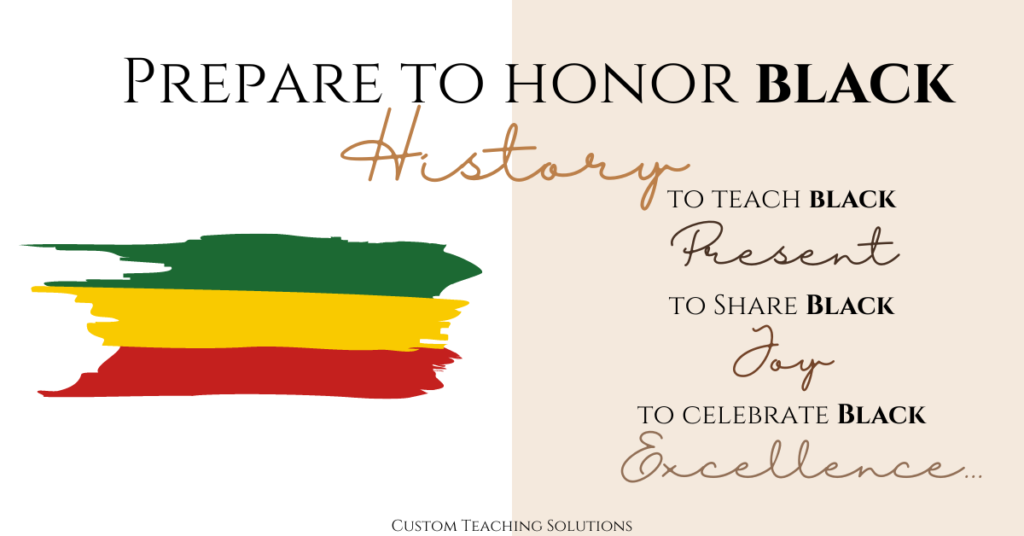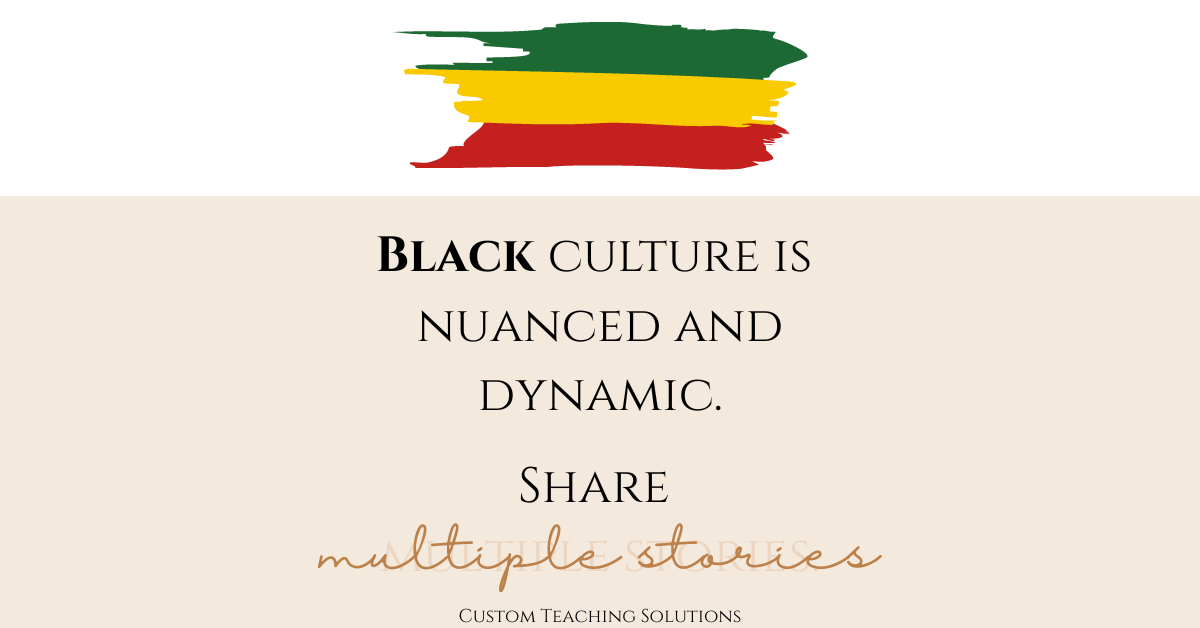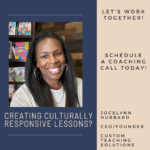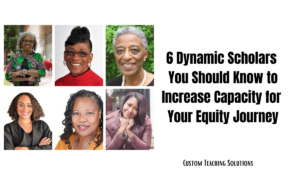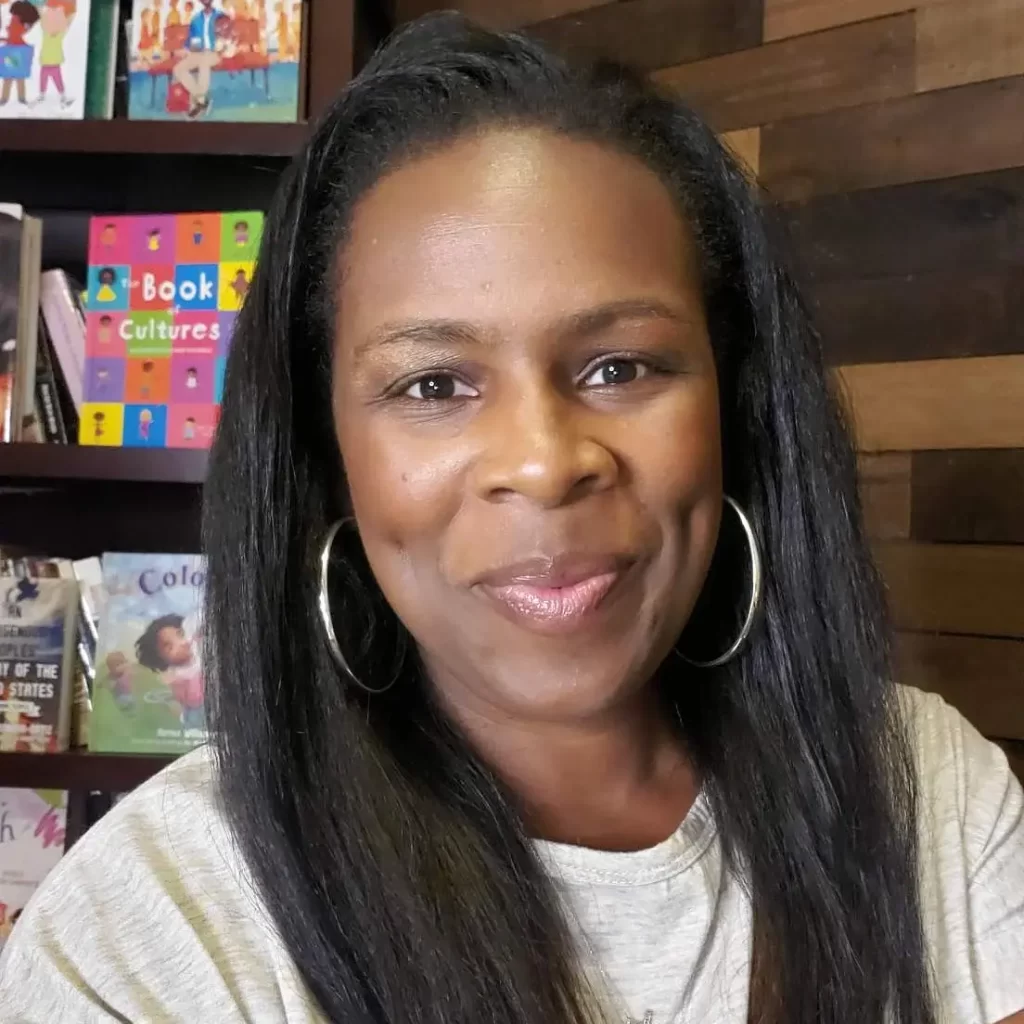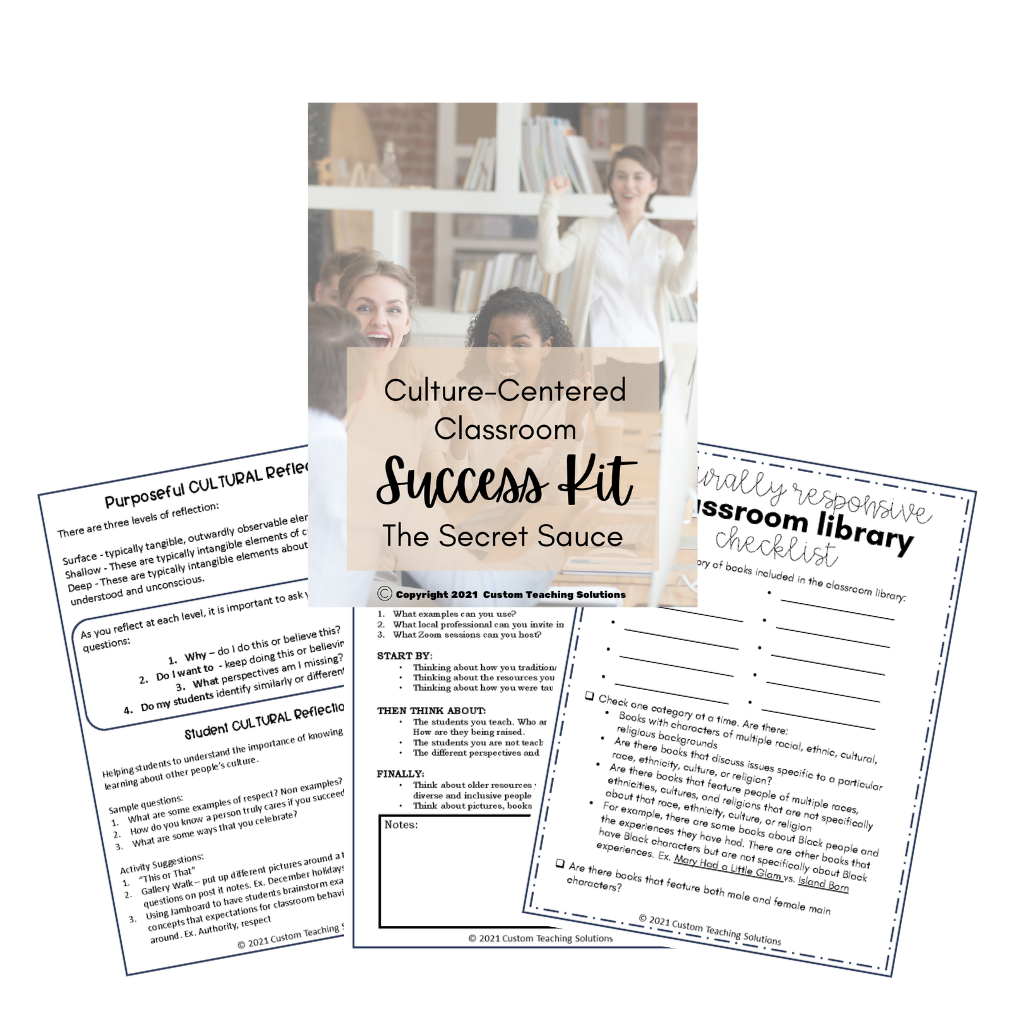Sharing and celebrating Black history, Black Present and Black Excellence is a 365 days a year experience, not just a month long experience. However, as you prepare for the annual monthly celebration, here are a six helpful tips:
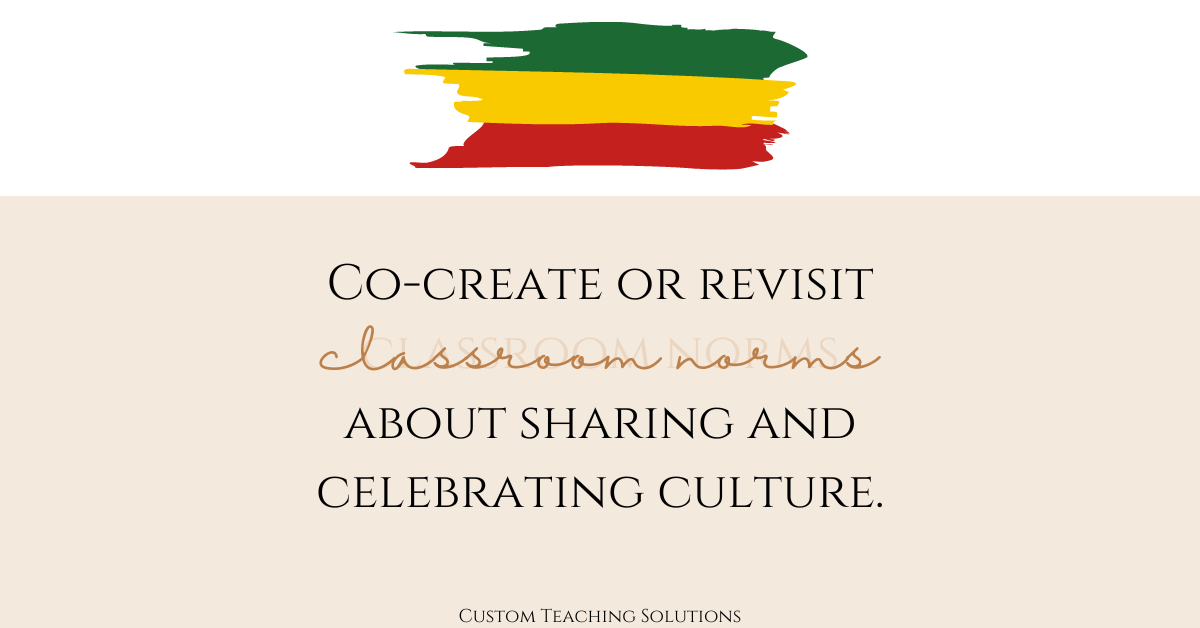
Co-Create Norms for Discussion & Sharing
1. Co-create or revisit classroom norms about sharing and celebrating culture. It is important that expectations are clear and a culture of safety and bravery are established. Creating norms with your students as opposed to simply telling them the norms is good for two reasons, 1) it increases student buy-in to creating a classroom community everyone appreciates, and 2) it allows you to get a sense of what your students believe about certain topics. Things that seem appropriate or normal for you may not be for your students. Everyone has a unique set of lived experiences that influence their understanding of concepts like safety, respect, and bravery. Your students are no different. One key norm is to listen and learn with curiosity not judgment.
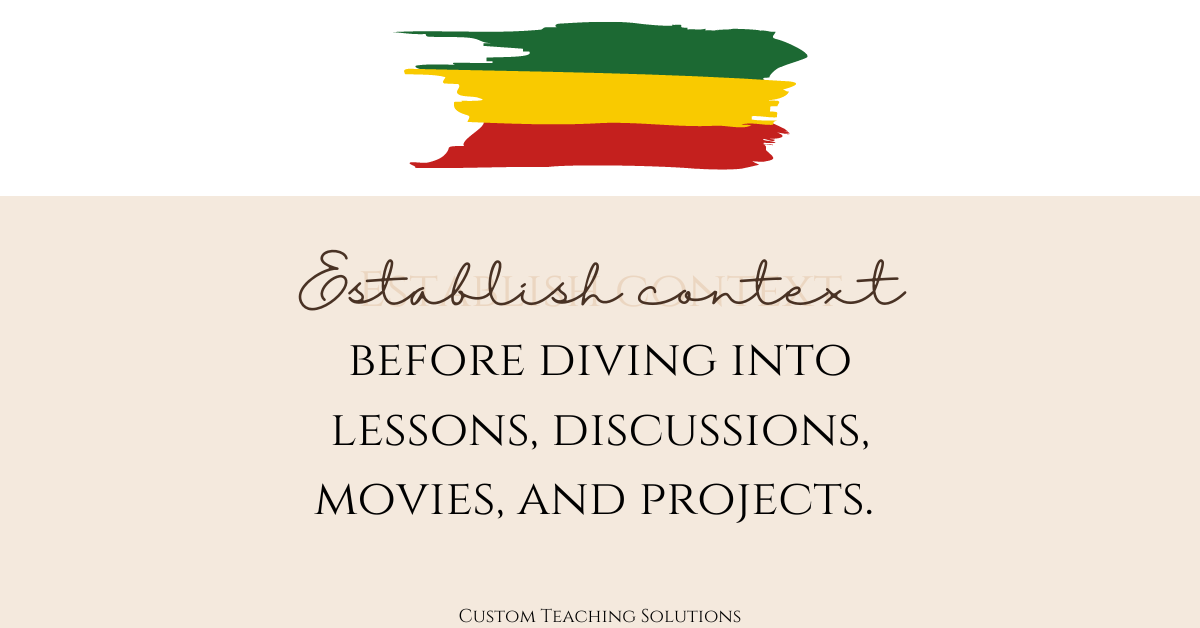
Establish Context for teaching Black History
2. Establish context before diving into lessons, discussions, movies, and projects. Answering questions like:
-
- What is Black history month and why was it started?
- Do we only talk about historical people and events in February? Do we only talk about Black present in February?
- Why is it important to highlight Black people and achievements during this month?
Answering these questions is a good place to start. Explain that historically, information about Black Americans was often not shared outside of the Black community. This information was not shared in mainstream curriculum. Establishing Black history week and eventually Black history month were a way to begin righting this wrong. Although sharing and celebrating Black culture should happen 365 days a year, it is nice to have a month dedicated solely to the elevation and celebration of Black people.

Talk about Black History & Black Present
3. Talk about Black history and Black present. Sharing only about the history of a people can leave students with the impression that there has been no advancement since that time. Give students the full story of how Black people and culture have evolved over time. We never want students to get the impression that Black people are stagnant or have only one story. Novelist Chimamanda Ngozi Adichie has an incredible Ted Talk called “The Danger of a Single Story” that I think you would find incredibly insightful.
Sharing stories from the present day allows students to balance images and experiences from the past with images and experiences from today. Students can see that there is hope, opportunity, possibility, and innovation.

Highlight and Center Joy
4. Highlight and center joy – historical joy and present day joy. Joy, according to Dictionary.com, is the emotion of great delight or happiness caused by something exceptionally good or satisfying; keen pleasure; elation. Some ways that you can share and celebrate great delight or happiness represented in the Black community:
-
- Read books and poems:
- by Black people and
- about Black people and the Black experience
- that feature Black characters living life, but not connected to a “Black experience”.
- Talk about the founding of Black Greek Fraternities and Sororities. Share the mission, good works and service of each organization. Feature some of the more well known members of these organizations. Check out The-Culture Centered Classroom Podcast S1.E7 – “9 Powerful People – What are Black Greek Organizations? Why are they Important?”
- Showcase the work of African American artists in the classroom. This can include paintings, sculptures, music, and literature.
- Read books and poems:
Share Multiple Stories
5. Share multiple stories. Black people, Black perspectives, the Black experience, and Black culture is nuanced and dynamic. It is important for students to see the nuances and diversity within Black culture. One way to clearly show this is by sharing a variety of stories across time and locations. This will allow for stereotypes about Black culture to be identified, addressed, and deconstructed. Include the contributions and perspectives of Black women, LGBTQ+ individuals, and other marginalized groups.

Intentional Reflection is essential
6. Provide time for intentional reflection about the learning. Consider asking yourself my three anchor questions while planning the lesson. These questions are also great for building a simple and sustainable reflective practice with students – before, during, after the learning. Asking these questions will create space for students to think critically about their own biases and assumptions and how they affect their understanding of Black history and present.
Considering these six tips is a great place to begin planning your Black History Month Celebration, but also to think about how Black history, Black present, and Black excellence can be weaved into the mainstream content presented in the curriculum.
If you want additional 1:1 guidance click the image below and schedule a 30 minute coaching call with me. This will be a time for us to talk about your joys, challenges, and concerns around facilitating Black history lessons.
Cheers!
Jocelynn